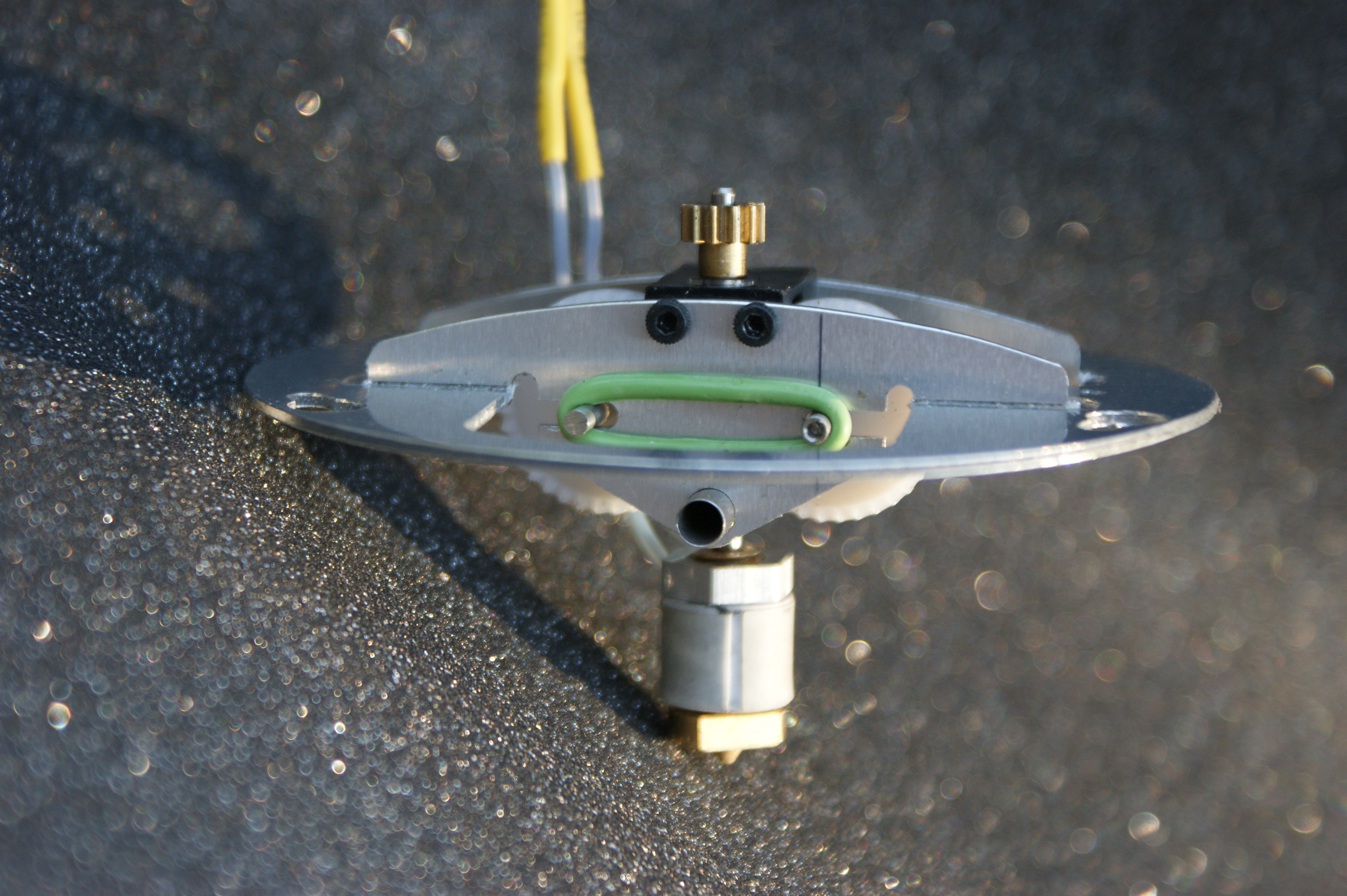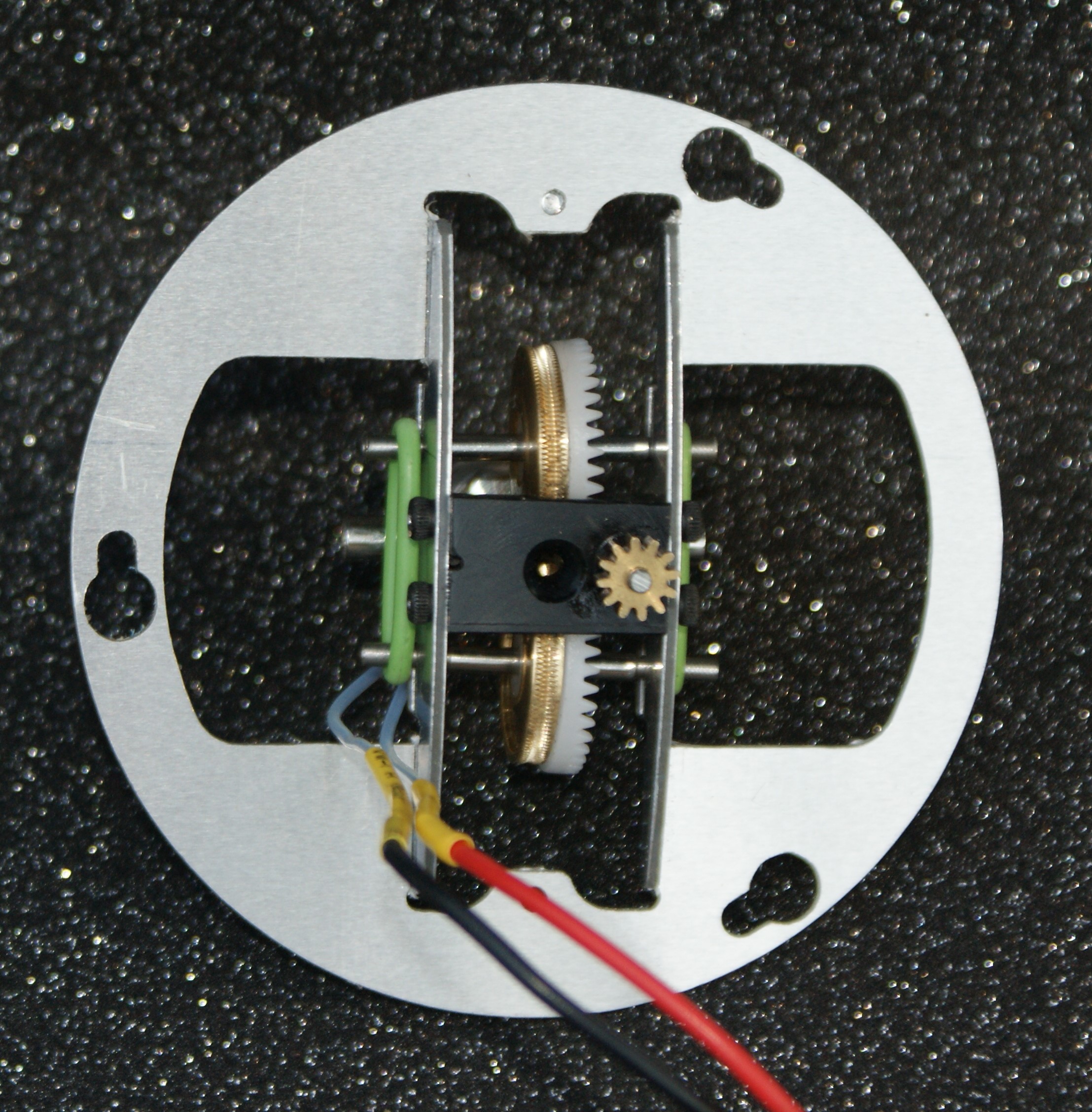I continue to explore the compact 3D print heads, with the integrated extrusion function.

This one weighs only 29g, and is more accurate and robust than the previous one published.
But it is not easy to build at the prototype stage, because of a difficult silver solder. In mass production situations, however, things could be simpler with another technology.

This version could be declined in several extrusion paths, but only one extrusion motor, remote. If I can keep it light enough (I hope about 40g), it would be a major advance for delta printers, which will also be able to print objects in several materials including TPU.
Discussions
Become a Hackaday.io Member
Create an account to leave a comment. Already have an account? Log In.
Both shafts are free to slide laterally, and thus center, in the presence of the filament, on the extrusion path. But it is not the shafts that turn, it is the POM crown pinions that turn on the polished steel shafts. Self-centering on the filament path is for both directions.
Green O-rings are only a slightly lighter alternative to coil springs.
Are you sure? yes | no
If the gears can spin on their shafts, what keeps them from sliding along the shafts and out of contact with the worm gear?
Are you sure? yes | no
The filament.
Are you sure? yes | no
Interesting work. Does that use a single worm gear to drive both of the hobbed gears? What keeps the green rubber bands from walking off the ends of the shafts? The shafts are turning in opposite directions, so the rubber bands are not working as belts- that means the shaft is turning against the friction of the rubber band. How long will the rubber band last?
Are you sure? yes | no